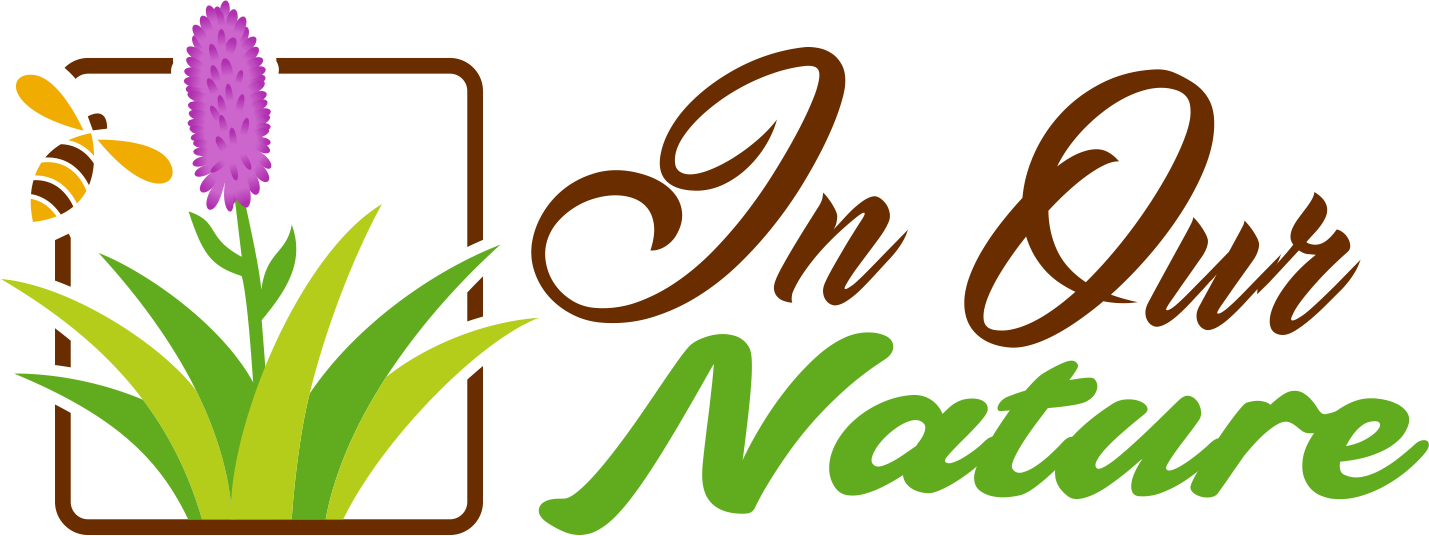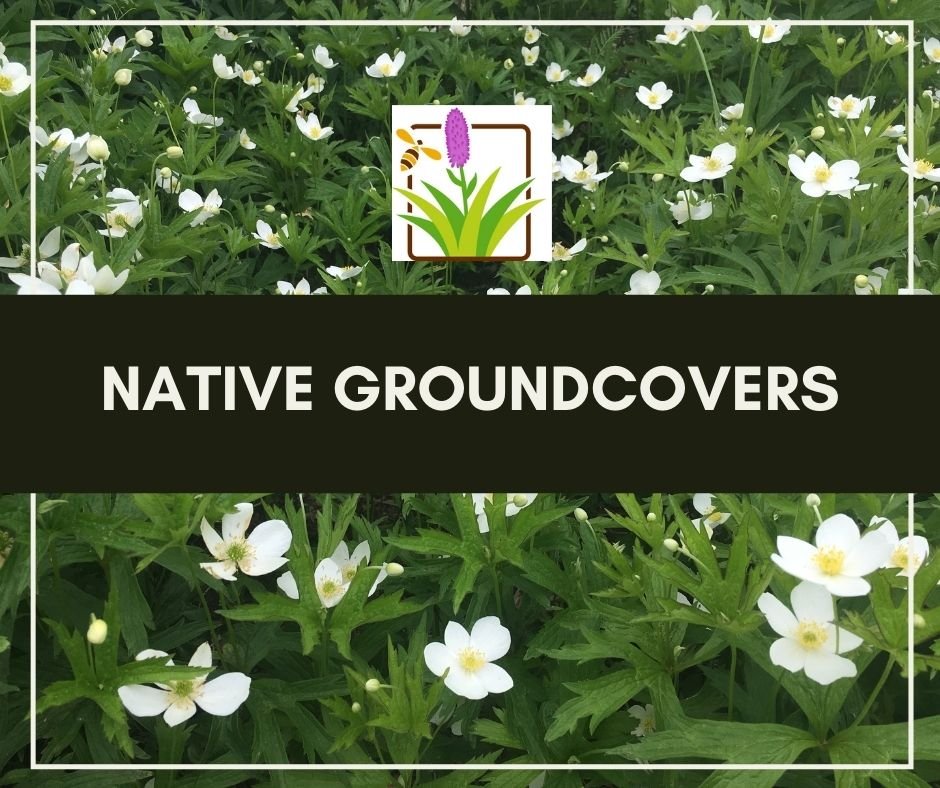Native Plants for Hummingbirds
The return of Ruby-throated Hummingbirds to Ontario in the spring is a sure sign that warm weather is here. From the moment they arrive to the moment they leave in the fall, Hummingbirds need a constant supply of nectar. They are unique birds, specialized for sipping nectar as is evident by their long bills and tongues. Sugary nectar supplies quick energy but it only makes up part of their overall diet.
Hummingbirds need more than just nectar
In fact, according to entomologist Doug Tallamy, up to 80% of their nutrition come from insects and spiders! They rely heavily on insects as a protein source which is especially critical when raising their young who eat nothing but insects provided by their mothers. Insects provide hummers with essential vitamins, minerals, oils, fats, etc., that they simply don’t get from nectar.
Nectar can essentially be seen as a quick energy source to fuel their insect hunting. A Hummingbirds insect diet might include:
Gnats
Aphids
Mosquitoes
Small spiders
Daddy Long-legs
Mites
Leafhoppers
Insect larvae and insect eggs
Hummingbirds will use their sharp vision and their unique hovering ability to nimbly hunt these insects in mid air. They will also search leaves, stems or bark, etc.. They will even pluck insects from spider webs!
Providing Insects for Hummingbirds
Native Plants
Sure, Hummingbirds will sip nectar from non-native plants but the problem is that these plants may not be supporting the insect populations that hummingbirds need. We know that native plants support the highest diversity of insect species and are the best choice for feeding insects and therefore Hummingbirds.
Spiders are our Friends
Spiders are integral parts of healthy garden habitat and especially important to Hummingbirds. The spiders themselves act as a food source and spider webs act as nest building material. You can provide habitat for spiders by avoiding pesticides and leaving their webs standing. Spiders also need healthy insect populations so once again, native plants are key.
Plant Fruit Trees
Ripe fruit attracts insects, especially fruit flies, which can create a buffet for Hummingbirds. You can also lay out rotten fruit which will attract the insects that hummingbirds eat.
Leave the leaves
Many insects use leaf litter as shelter and/or nesting sites. Simply keeping fallen leaves in your garden will create more feeding opportunities for Hummingbirds.
Plant in layers
A diverse planting of groundcovers, perennials of different heights, shrubs, trees and vines will create habitat for insects and spiders that hummers eat. This planting style also creates nesting opportunities for Hummingbirds.
Tiny flowers
Small flowers attract small insects and this is exactly what Hummingbirds are looking for because they typically swallow insects whole.
Avoid Pesticides
Pesticides have no place in a healthy garden. They either kill insects directly or indirectly by removing their food sources.
Native Nectar Sources for Hummingbirds
Hummingbirds will visit a wide variety of flowers but favor those that contain the highest amounts of nectar. However, we should be choosing native nectar sources as they will also do a double duty of supporting the insects that Hummingbirds need to live.
Note that this list is based off personal experience and research. Hummingbirds likely visit a wider range of native plants than this.
Nodding Onion (Allium cernuum)
A low-growing Allium with nectar rich, light purple flowers.
Giant Yellow Hyssop (Agastache nepetoides)
A tall upright Hyssop with long-blooming, tubular flowers. Noted as an excellent nectar source by Beekeepers.
Wild Columbine (Aquilegia canadensis)
The nectar rich flowers highly sought after by hummingbirds. Small insects are attracted to the pollen.
Milkweeds (Asclepias sp.)
Milkweeds support an incredible diversity of insects that provide food for Hummingbirds. The flowers are rich in nectar. Try Common Milkweed, Butterfly Milkweed or Pink Milkweed.
Canada Milkvetch (Astragalus canadensis)
Towers of creamy-white, nectar rich flowers.
New Jersey tea (Ceanothus americanus)
Tiny flowers support small insects. Nectar rich blooms.
Buttonbush (Cephalanthus occidentalis)
Nectar source and attractive to small insects.
Spotted Jewel-weed (Impatiens capensis)
An annual plant with showy orange flowers. It is very popular with Hummingbirds.
Blue-flag Iris (Iris versicolor)
The blooms are rich in nectar and appear right around the same time as Hummingbirds return to Ontario.
Michigan Lily (Lilium michiganense)
A native lily with stunning orange flowers.
Tulip Tree (Liriodendron tulipfera)
A tree with tulip-like blooms.
Cardinal Flower (Lobelia cardinalis)
Cardinal flower is almost exclusively pollinated by Hummingbirds.
Blue Lobelia (Lobelia siphilitica)
Similar to Cardinal Flower. Abundant nectar source.
Wild Lupine (Lupinus perennis)
A valuable early season nectar source for hummingbirds returning from migration.
Monkey flower (Mimulus ringens)
Nectar rich, tubular flowers.
Bergamot (Monarda fistulosa)
Long, tubular flowers are very popular with Hummingbirds as they can reach the nectar within.
Foxglove Beardtongue (Penstemon digitalis)
Prolific, nectar rich flowers.
Hairy Beardtongue (Penstemon hirsutus)
Prolific, nectar rich flowers.
Woodland Phlox (Phlox divaricata)
A valuable early season nectar source for hummingbirds returning from migration.
Obedient Plant (Physostegia virginiana)
Long blooming and nectar rich flowers. Supports a wide variety of insects.
Cup Plant (Silphium perfoliatum)
An excellent nectar source with prolific, long blooming flowers. Hummingbirds will eat small insects that visit the flat, open flowers.





